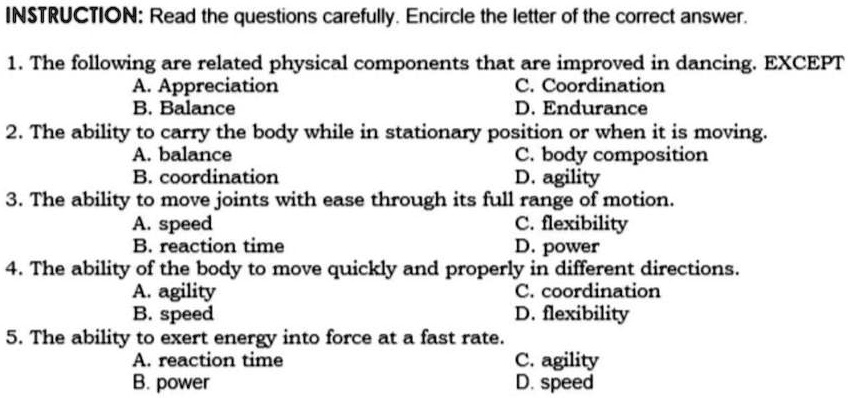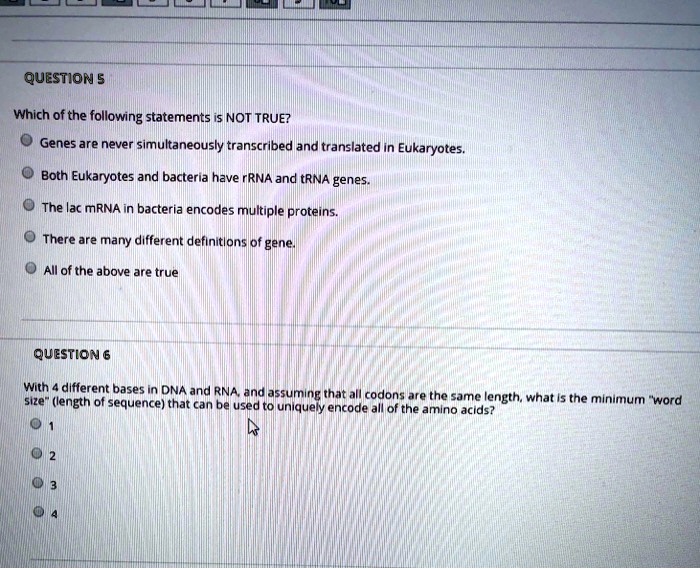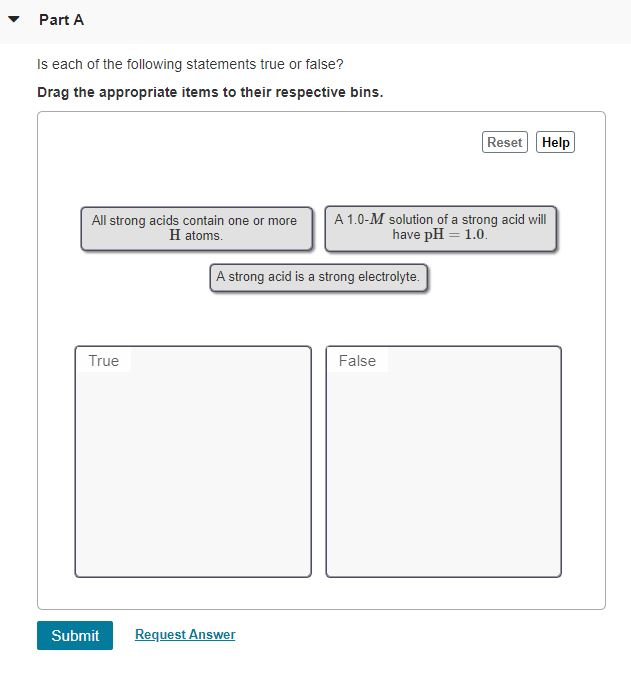Which Of The Following Statements About Physical Activity Is False

Imagine a crisp autumn morning, sunlight dappling through golden leaves as runners glide along a park trail. Laughter echoes from a nearby playground where children chase each other with boundless energy. In the distance, a group of friends engages in a spirited game of volleyball. The common thread? Physical activity, a cornerstone of health and well-being.
At some point, we've all been faced with information, or perhaps misinformation, about exercise and its impact on our bodies. Understanding the truth about physical activity is crucial for making informed choices about our health. This article will explore common misconceptions and highlight accurate information, ultimately empowering you to embark on a safe and effective fitness journey.
Understanding Physical Activity
Before diving into the misconceptions, let's define what constitutes physical activity. It’s any bodily movement produced by skeletal muscles that results in energy expenditure.
This encompasses a broad range of activities, from structured exercise like running and swimming, to everyday movements like walking, gardening, and even household chores. The key is that it involves movement and expends energy.
The Importance of Physical Activity
The benefits of regular physical activity are well-documented and far-reaching. It significantly reduces the risk of chronic diseases such as heart disease, type 2 diabetes, and certain types of cancer.
It also plays a vital role in weight management, improves mental health by reducing stress and anxiety, strengthens bones and muscles, and enhances overall quality of life. The World Health Organization (WHO) emphasizes that physical activity is essential for people of all ages.
Common Misconceptions Debunked
Now, let's address some common misconceptions surrounding physical activity. We'll examine these claims, backed by scientific evidence and expert opinions.
Myth 1: "I'm too old to start exercising."
This is perhaps one of the most pervasive and harmful myths. Age is not a barrier to physical activity. In fact, studies show that older adults who engage in regular exercise experience significant improvements in strength, balance, and cognitive function.
According to the Centers for Disease Control and Prevention (CDC), older adults should aim for at least 150 minutes of moderate-intensity aerobic activity per week, along with muscle-strengthening activities on two or more days per week. It's never too late to reap the benefits of exercise.
Myth 2: "I need to spend hours at the gym to see results."
This misconception often deters people who feel they don't have the time for lengthy workouts. However, even small amounts of physical activity can make a difference.
Short bursts of activity, such as taking the stairs instead of the elevator or going for a brisk walk during lunch break, can accumulate throughout the day and contribute to overall health. The key is consistency, not duration. Remember, something is always better than nothing.
Myth 3: "If I'm not sweating, I'm not working hard enough."
Sweat is simply your body's way of regulating temperature. The amount you sweat is influenced by factors such as genetics, environment, and hydration levels. It is not a reliable indicator of workout intensity.
You can still benefit from physical activity without breaking a sweat. Focus on how you feel and whether you're challenging your body. The American Heart Association recommends focusing on perceived exertion, which is how hard you feel your body is working.
Myth 4: "Exercise is bad for my joints."
This myth often prevents people with joint pain or arthritis from engaging in physical activity. While it's true that some high-impact exercises can exacerbate joint pain, many low-impact activities can actually strengthen the muscles around the joints and improve mobility.
Swimming, cycling, and walking are excellent low-impact options. It's also important to consult with a healthcare professional or physical therapist to determine the best exercise program for your specific needs. Remember, movement is medicine.
Myth 5: "Physical activity is only for weight loss."
While physical activity can certainly contribute to weight loss, it's important to recognize that it offers a multitude of other benefits. As mentioned earlier, it improves cardiovascular health, strengthens bones and muscles, reduces stress, and enhances overall well-being.
Focusing solely on weight loss can lead to disappointment if results aren't immediate. Embrace exercise for its holistic benefits, and weight loss will often follow as a natural byproduct.
Myth 6: "I can 'outrun' a bad diet."
This is a dangerous misconception. While physical activity burns calories, it's nearly impossible to compensate for a consistently unhealthy diet. Nutrition plays a crucial role in overall health and fitness.
Think of your body like a car: Exercise is like driving, but diet is like the fuel. You can't expect the car to run efficiently on bad fuel, no matter how much you drive it. A balanced diet, combined with regular physical activity, is the recipe for optimal health.
Myth 7: "If I exercise regularly, I can eat whatever I want."
Similar to the previous myth, this oversimplifies the relationship between exercise and diet. While regular physical activity allows for some flexibility in your eating habits, it doesn't give you free rein to consume unlimited amounts of unhealthy foods.
Moderation is key. Even active individuals need to prioritize nutritious foods and limit their intake of processed foods, sugary drinks, and unhealthy fats. Balance is the key to success.
Myth 8: "Strength training will make women bulky."
This is a common concern among women who are hesitant to lift weights. However, it's largely unfounded. Women have lower levels of testosterone than men, which makes it difficult to build significant muscle mass.
Strength training can actually help women build lean muscle, increase their metabolism, and improve their overall body composition. It's a valuable component of a well-rounded fitness program.
Myth 9: "Rest days are for lazy people."
Rest is just as important as exercise. Your muscles need time to recover and rebuild after a workout. Neglecting rest can lead to overtraining, injuries, and burnout.
Schedule rest days into your fitness routine to allow your body to recover. This doesn't mean you have to be completely inactive; you can still engage in light activities like walking or stretching. Listen to your body and give it the rest it needs.
The Truth About Physical Activity
The truth is that physical activity is a powerful tool for improving health and well-being. It's accessible to everyone, regardless of age, fitness level, or socioeconomic status. The key is to find activities that you enjoy and that fit into your lifestyle.
Start small, be consistent, and listen to your body. Don't be discouraged by setbacks. Celebrate your progress and remember that every step you take is a step in the right direction. Embrace the journey to a healthier, more active you.
Consult with a healthcare professional before starting a new exercise program, especially if you have any underlying health conditions. They can help you develop a safe and effective plan tailored to your individual needs.
Conclusion
As the sun sets, casting long shadows across the park, the echoes of laughter and the rhythmic pounding of footsteps gradually fade. The day's activities come to an end, but the benefits of those movements linger, nourishing bodies and minds. Physical activity is not a fleeting trend but a lifelong commitment to well-being.
By dispelling common misconceptions and embracing the truth about exercise, we can unlock the transformative power of movement and live healthier, happier lives. So, lace up your shoes, step outside, and embrace the joy of physical activity. Your body will thank you for it.











![Which Of The Following Statements About Physical Activity Is False [ANSWERED] Which of the following statements is false Question Type](https://media.kunduz.com/media/sug-question-candidate/20210824164312756162-2109799.jpg?h=512)
![Which Of The Following Statements About Physical Activity Is False [ANSWERED] 1 point Are the following statements true or false 1 If a](https://media.kunduz.com/media/sug-question-candidate/20230530011239186542-4379267.jpg?h=512)
